Forums
- Forums
- Duggy's Reference Hangar
- USAAF / USN Library
- Vega XB-38
Vega XB-38
Post a reply
- Go to Previous topic
- Go to Next topic
- Go to Welcome
- Go to Introduce Yourself
- Go to General Discussion
- Go to Screenshots, Images and Videos
- Go to Off topic
- Go to Works in Progress
- Go to Skinning Tips / Tutorials
- Go to Skin Requests
- Go to IJAAF Library
- Go to Luftwaffe Library
- Go to RAF Library
- Go to USAAF / USN Library
- Go to Misc Library
- Go to The Ops Room
- Go to Made in Germany
- Go to Campaigns and Missions
- Go to Works in Progress
- Go to Juri's Air-Raid Shelter
- Go to Campaigns and Missions
- Go to Works in Progress
- Go to Skinpacks
- Go to External Projects Discussion
- Go to Books & Resources
-
11 years agoWed May 25 2016, 10:31pm
 Main AdminTEXT USAF
Main AdminTEXT USAF
The XB-38 was a modification project, done by Lockheed Vega, on the ninth Boeing B-17E (S/N 41-2401) built. Vega proposed in March 1942 to convert a B-17 airframe by replacing the standard Wright R-1820 radial engines with Allison V-1710 "Vee" engines. In July the Air Corps approved the project (AC-28120). In addition to the new engines, the aircraft featured a larger fuel capacity and full-feathering propellers.
The XB-38 project was initiated primarily to try to improve on the overall performance of the basic B-17 and to provide an alternate version in case the Wright R-1820 radial engine became scarce. The Vega Airplane Division of Lockheed received the B-17E and intended to use it as a pattern source for an all new design. Serial number 42-73515 was reserved for this design, but because of the urgency of the project, the B-17E was used and the new design was never completed.
The modifications on the E model took less than a year to complete and the aircraft made its first flight on May 19, 1943. Initial performance tests showed the aircraft to be slightly faster than the production B-17E. The XB-38 was grounded after a few flights because of a serious problem with leaking engine exhaust manifold joints. After this problem was fixed, the test program continued until June 16, 1943, and the XB-38's ninth test flight. On this flight, the right inboard engine (No. 3) caught fire in flight. The test pilots were unable to put the fire out and bailed out. The resulting crash destroyed the XB-38. All future plans for the XB-38 were dropped because the V-1710 engines were needed for higher priority projects.
Armament: One .30-cal. and eight .50-cal. machine guns, plus 6,000 pounds of bombs
Engines: Four Allison V-1710-89 engines of 1,425 hp each at 25,000 ft.
Maximum speed: 327 mph at 25,000 ft.
Cruising speed: 226 mph
Range: 1,900 miles with 6,000 lbs. of bombs (estimated); 3,600 maximum ferry range
Service ceiling: 36,600 ft.
Span: 103 ft. 11 in.
Length: 74 ft. 0 in.
Height: 19 ft. 2 in.
Weight: 64,000 lbs. (maximum gross weight)
Crew: Nine (maximum as designed); tests usually conducted two (just a pilot and copilot)
Serial number: 41-2401 (42-73515 reserved but not used)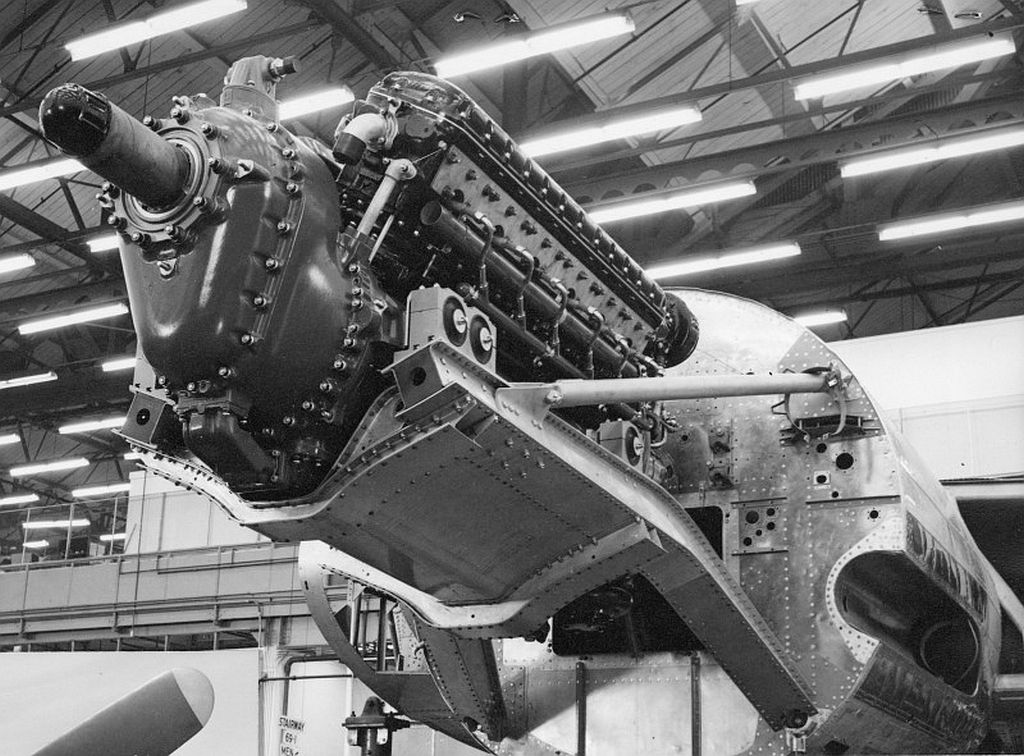
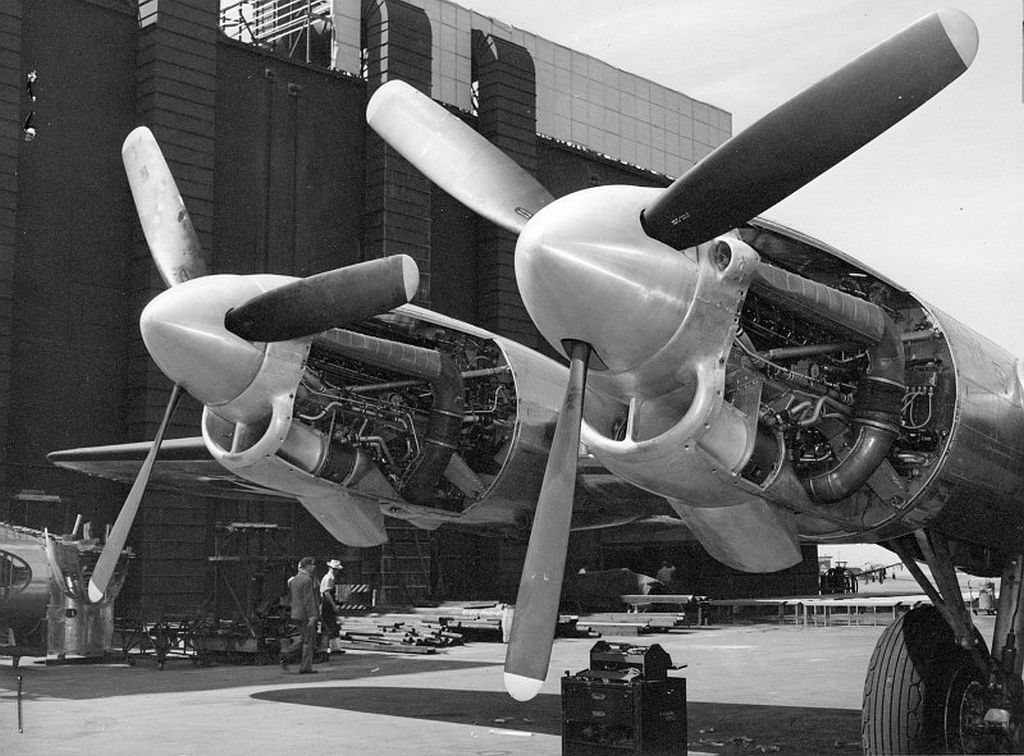
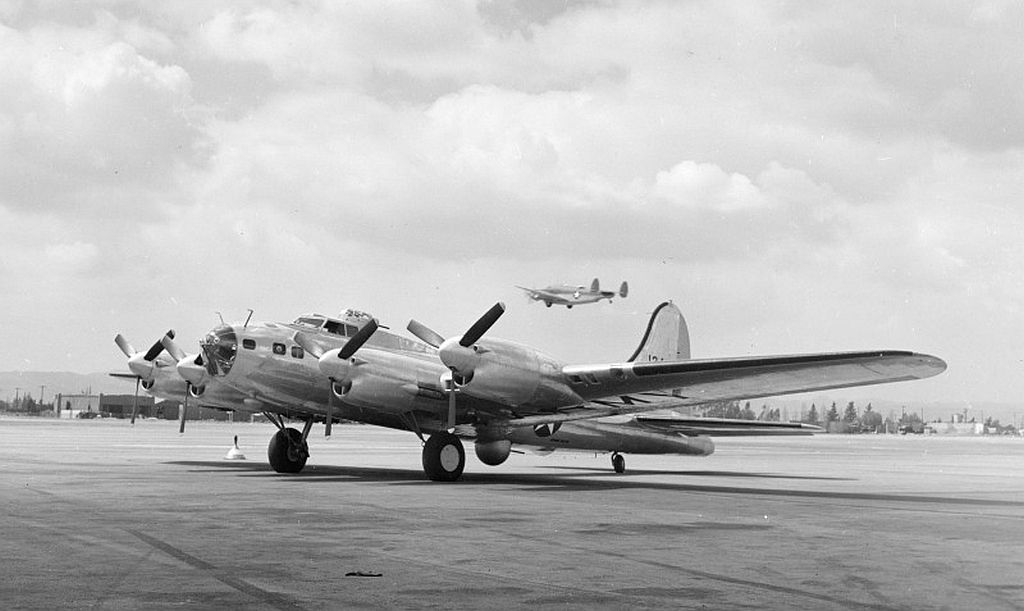


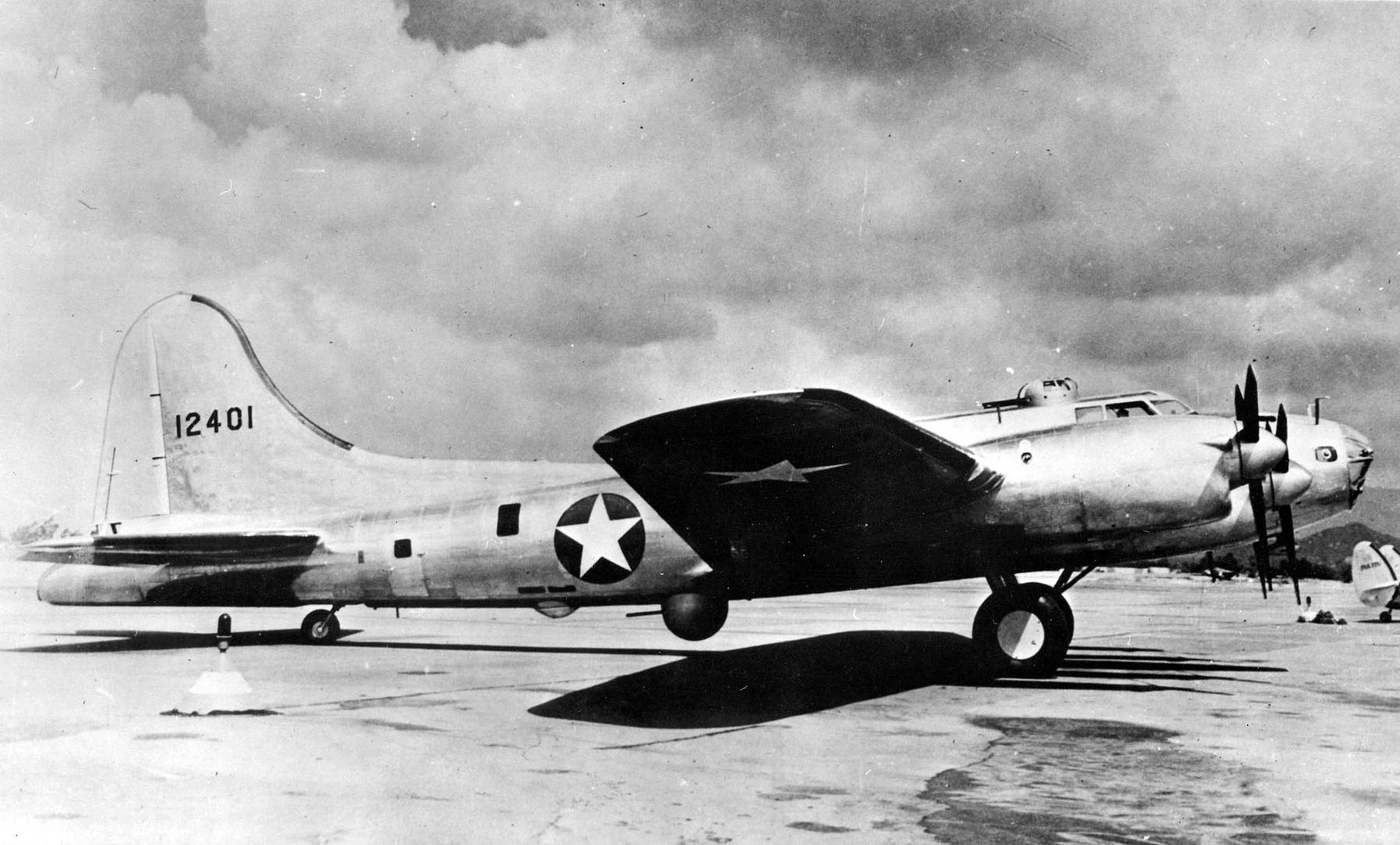

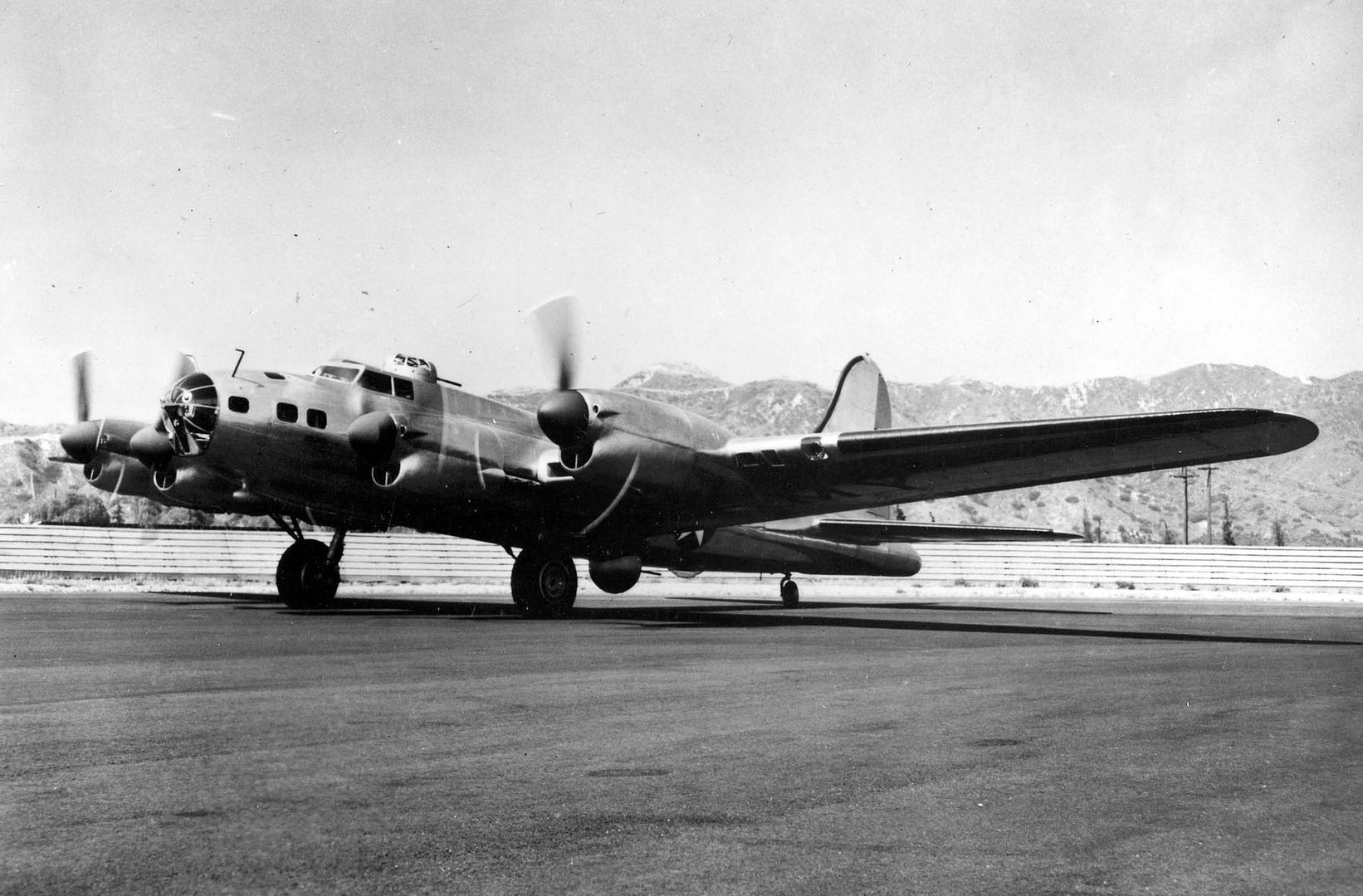
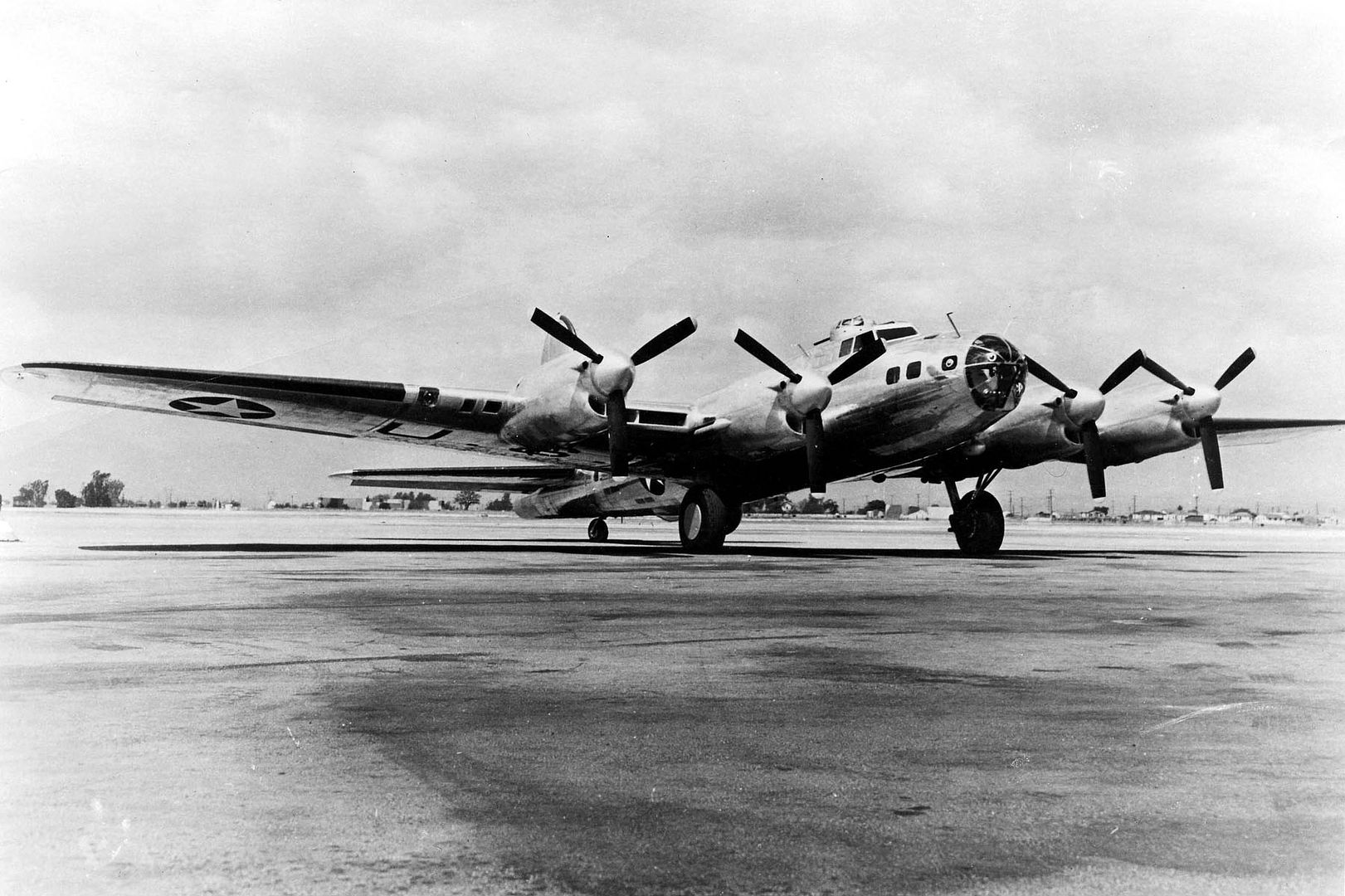
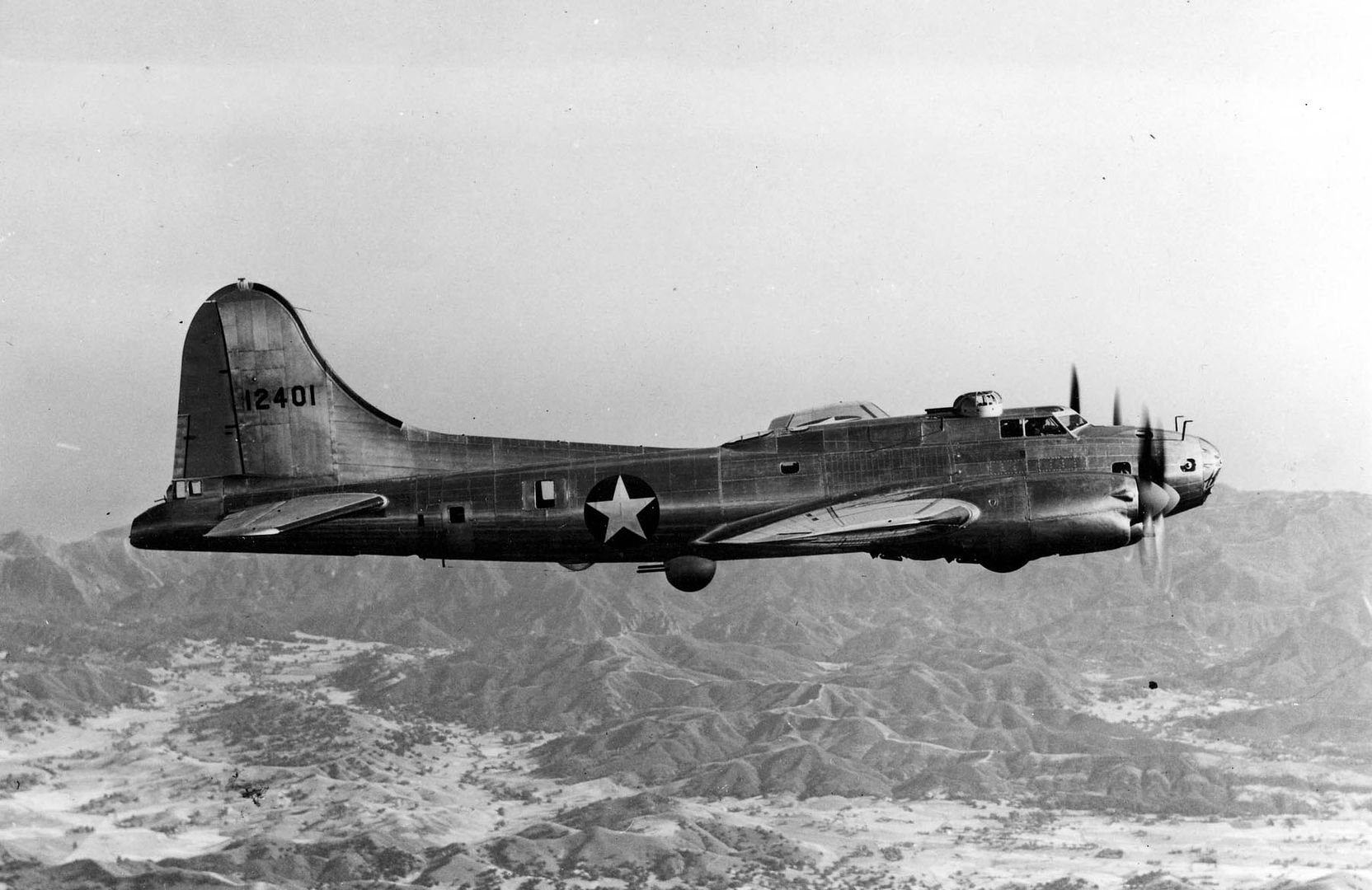
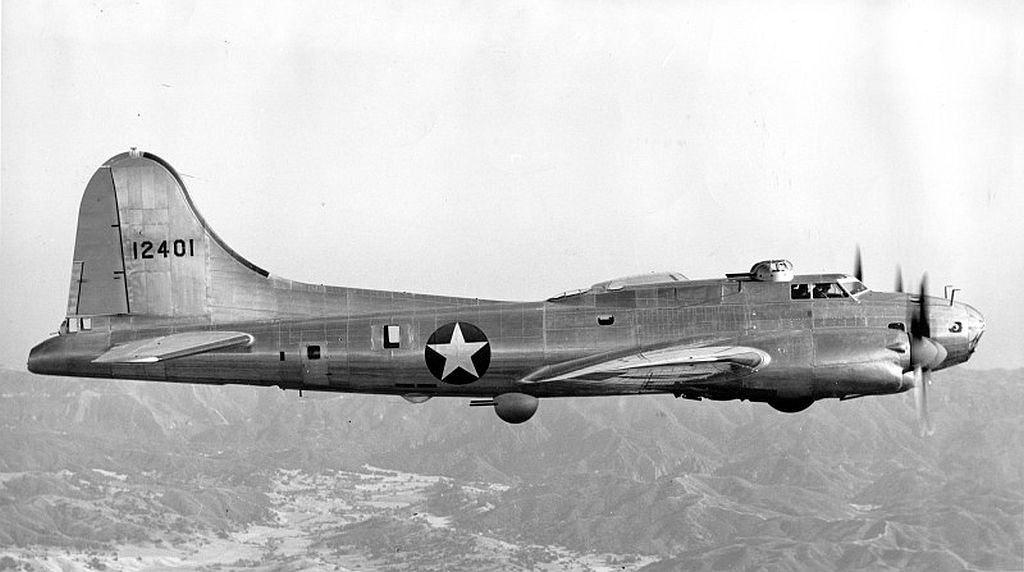
Regards Duggy. -
 AdminWhat a beautiful plane!
AdminWhat a beautiful plane!
I never understood the logic behind choosing the V-1710 as a hedge against lack of Wright R-1820s. The V-1710 was already being used by the P-38, P-39, P-40 and P-51!
I've also been intrigued by the ball turret on the XB-38. It retains the observer windows and bubble of the old remote-controlled turret, but the turret itself has a ball shape unlike the original Sperry turret. With no windows, it's obviously not manned! Was this just a dummy to approximate the aerodynamics of the newer manned ball? (If so, then why was the observation bubble not removed? Argh!) -
11 years agoTue Aug 26 2014, 04:54pm
 Level 1The USAAF should count it's lucky little stars, that this re-engine B-17 never went into production, as those Allison engines proved a dismal failure in the P-38 in the ETO.....At least I think they are the same engine... Beautiful plane, though..... I had no idea they even did this.... Thanks for sharing..
Level 1The USAAF should count it's lucky little stars, that this re-engine B-17 never went into production, as those Allison engines proved a dismal failure in the P-38 in the ETO.....At least I think they are the same engine... Beautiful plane, though..... I had no idea they even did this.... Thanks for sharing.. -
11 years ago
 Main AdminIf you notice the turret looks as though it is fixed( guns always at the same angle), maybe a mockup, for what was to come.
Main AdminIf you notice the turret looks as though it is fixed( guns always at the same angle), maybe a mockup, for what was to come.
I assume the sighting window for the remote turret was just left as was, easier and cheaper/quicker.
My 2 cents.
Post a reply
- Go to Previous topic
- Go to Next topic
- Go to Welcome
- Go to Introduce Yourself
- Go to General Discussion
- Go to Screenshots, Images and Videos
- Go to Off topic
- Go to Works in Progress
- Go to Skinning Tips / Tutorials
- Go to Skin Requests
- Go to IJAAF Library
- Go to Luftwaffe Library
- Go to RAF Library
- Go to USAAF / USN Library
- Go to Misc Library
- Go to The Ops Room
- Go to Made in Germany
- Go to Campaigns and Missions
- Go to Works in Progress
- Go to Juri's Air-Raid Shelter
- Go to Campaigns and Missions
- Go to Works in Progress
- Go to Skinpacks
- Go to External Projects Discussion
- Go to Books & Resources
